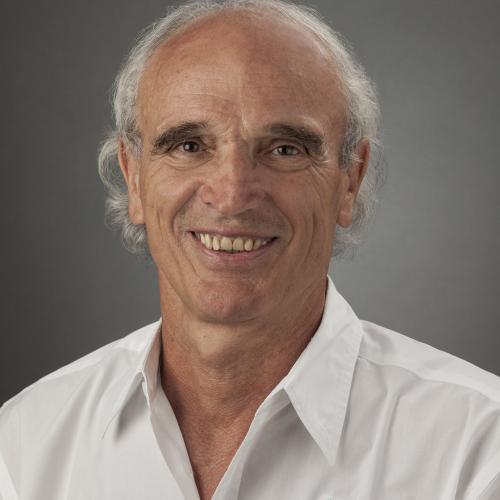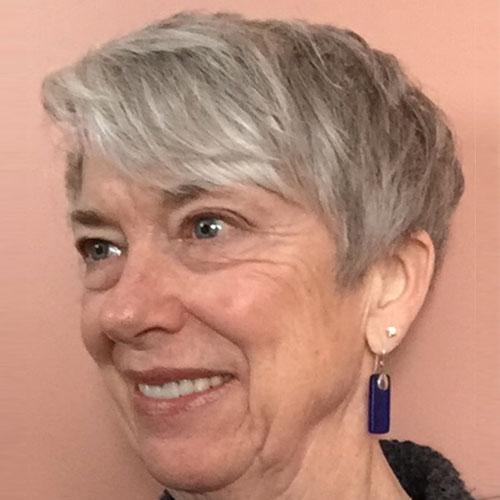Class Hours:
Day 1 - 10:00 am - 6:00 pm EASTERN DAYLIGHT SAVING TIME
Day 2 - 10:00 am - 6:00 pm EASTERN DAYLIGHT SAVING TIME
Day 3 - 10:00 am - 6:00 pm EASTERN DAYLIGHT SAVING TIME
The last day may be shorter. Times are subject to change.
Times are subject to change.
Class Description:
In this class, we will be working deep within the interstitial fluid, the ocean in which our cells are nurtured and where life can blossom. These profound techniques connect into the “interior milieu” of our body, an interface between the physical and the non-physical. These interstitial techniques can be applied to almost any structure in the body and often create amazing changes in the body tissue.
We will show important techniques that enable you to work with the transient notochord, a rod-like structure that appears in the human embryo on day 16th-17th. The notochord plays a crucial role in structural as well as signaling information in the developing embryo.
We will apply these techniques to brain structures (hippocampus, hypothalamus) body structures and the birth trauma of the navel, for example.
We will work extensively with veins and notochord: Subclavian, Axillary, Brachial, Radial, Ulnar, Cephalic, Basilic, Femoral, Anterior Tibial (Fibular), Posterior Tibial, Great (Long) Saphenous, Small Saphenous, Internal, External, Anterior Jugular veins, Temporal, Facial, Thyroid, Vertebral veins, Inferior Vena Cava, Portal, Splenic, Gastric, Superior/Inferior Mesenteric, Renal veins.
We will also be working with a new concept that will help you localize deep axes and reciprocal movements in the skin, muscles, viscera, and endocrine glands.
An axis is a fixed reference in the body around which a structure can move, rotate, or have reciprocal movements.
When a structure is out of its axis dysfunction occurs and body structures often present altered physiology.
Working with the axes and reciprocal movement of the muscles, for example, will let you often downregulate in a non-invasive way tense or spastic muscles in a very short time.
We will work with all types of muscles: Short and long head of the Biceps (brachii), Brachioradialis, Levator scapulae, SCM, Trapezius, Scalenes, Rectus Capitis Posterior Minor, Rectus Capitis Posterior Major, Suboccipital triangle (of muscles), Masseter, Temporalis, Orbicularis Oculi, Pectoralis Minor, QL, Hamstrings (Semimembranosus, Semitendinosus, Biceps Femoris)
The same types of applications will apply to musculoskeletal structures, endocrine glands, viscera, and the brain.
Cancellation Policy:
Tuition Transfer: The tuition is fully transferable up to 7 days prior to the start of the class.
Within 7 days, a $300.00 administrative fee will apply.
Tuition Refund: Tuition refund requests must be made in writing. Emails are acceptable. Tuition is fully refundable up to 30 days before the start of the class, after which your tuition is non-refundable. In case of emergency, any requests for a refund later than 30 days before class starts will be considered on a case-by-case basis.
Zoom Link and Study Guide will be sent via email 10 days before the start date of class. If you would like to order a printed study guide for $65, please email [email protected]. Study guide orders must be submitted 3 weeks before the start date of class to guarantee your guide will arrive to you in time.
Be sure you clearly understand the following words and, as applicable, know where to locate them in the body:
- Interstitium, Interstitial fluid, Extracellular fluid, Plasma.
- Extracellular matrix, Ground substance, Collagen fibers, Elastic fibers, Glycosaminoglycans (GAGs), Hyaluronic acid,
- Peritoneum, Greater Omentum, Pleura, Pericardium,
- Frontal, Sphenoid, Clivus, Occiput, Parietal bones
- Antimatter, Positron
- Notochord, Chordate, Nucleus pulposus
- Septum of the Heart, Thymus, Thyroid, Hypothalamus, Hippocampus, Pineal, Central sulcus of the Insula (of Rheil), Interoception.
- Veins of the Upper Extremity:
Deep Veins: Subclavian, Axillary, Brachial, Radial, Ulnar
Superficial Veins: Cephalic, Basilic
- Veins of the Lower Extremity:
Deep Veins: Femoral, Anterior Tibial (Fibular), Posterior Tibial
Superficial Veins: Great (Long) Saphenous, Small Saphenous
- Internal, External, Anterior Jugular veins
- (Superficial) Temporal, Facial, Thyroid, Vertebral veins
- Inferior Vena Cava, Portal, Splenic, Gastric, Superior/Inferior Mesenteric, Renal veins
- Hepatic Lobule, Hepatocytes, Central vein of the Liver, Hepatic veins
- Joints: Sphenobasilar, Acromioclavicular, Sternochondral, Lunotriquetral (Lunate – Triquetrum in the wrist), Femorotibial, Talotibial
- Muscles: Short and long head of the Biceps (brachii), Brachioradialis, Levator scapulae, SCM, Trapezius, Scalenes, Rectus Capitis Posterior Minor, Rectus Capitis Posterior Major, Suboccipital triangle (of muscles), Masseter, Temporalis, Orbicularis Oculi, Pectoralis Minor, QL, Hamstrings (Semimembranosus, Semitendinosus, Biceps Femoris)






